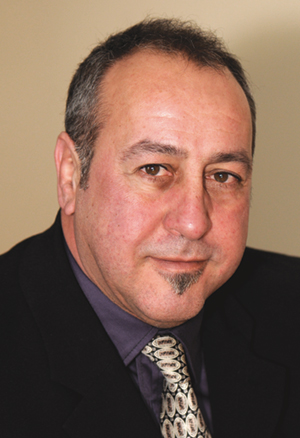While the rest of Ontario starts heading off to the cottage, the legislature is back to work and there’s lots to do.

With so many bills stalled in the previously minority house, the newly minted Liberal majority will waste little time reintroducing and pushing through legislation that died on the order paper when the election began.
Front and centre, of course, will be the budget act that NDP Leader Andrea Horwath finally balked at and that brought about the election.
We’re entering new territory, politically speaking. Premier Kathleen Wynne won both her seat and a popular mandate returning her to the premier’s office. She has a mandate to govern and it’s time to step up and demonstrate the leadership qualities she fussed about during the campaign.
She won’t have to cosy up to Horwath and the NDP and she won’t have Progressive Conservative Leader Tim Hudak to kick around anymore. She will, however, likely face an even more vociferous group of Conservative MPPs in opposition because at least some of them will be looking to score points as they jockey for a run at their party’s leadership.
There are several bills on deck and among the priorities is bill 138, the ending coal for cleaner air act, that bans the use of coal for electricity generation. It’s more of a political statement than anything since cement and steel plants in Ontario will still use coal.
Ironically, coal remains a viable, plentiful, and accessible fuel if burned with the appropriate emissions controls as Saskatchewan is about to demonstrate with its $1.35-billion renovation of the 110-megawatt Boundary Dam Unit 3 plant that’s in the test phase now.
The effluent controls are to capture 90 per cent of carbon dioxide emissions along with sulphur dioxide and nitrous oxide. It sounds promising, but Ontario won’t be following suit for purely political reasons.
We might also get long-overdue changes in Bill 51, the security for courts, electricity generating facilities, and nuclear facilities act, that would repeal the Public Works Protection Act and amend the Police Services Act with respect to court security.
The legislation would cancel that infuriating and sneaky Public Works Protection Act that allowed the secret designation of parts of downtown Toronto as public works during the G20 meetings of 2010. The upshot was police then assumed broad powers to stop, question, and demand identification and accountability from anyone walking by even if they were five metres away. As public outrage grew and with close scrutiny of the wording of the act, we learned it prescribed no such zone and police could only challenge those attempting to enter. Police had to back off in response.
Then there’s the Ontario retirement pension plan. From the scant details in the budget background papers, it targets the 66 per cent of Ontarians who don’t have a workplace pension plan.
The proposal would impose a payroll tax of 1.9 per cent on employers and a 1.9-per-cent levy on income up to a maximum of $90,000 on workers who don’t have a workplace pension plan.
It’s necessary, the Liberals say, because many Ontarians aren’t saving enough and those who do have mutual fund investments are seeing them eroded by those nasty 2.4-per-cent management expense ratio fees. Since pension fund overheads are much lower, a pooled approach, the thinking goes, would do better by returning 40 per cent more over 40 years.
That’s the theory. But the arguments in the Ministry of Finance’s policy paper gloss over details such as how those who work for themselves would contribute, how long people would have to contribute before they could collect, what the age threshold is, whether there’s a discounted payout option as with the Canada Pension Plan at age 60, which investments the arm’s-length management board would be able to make, and whether the rules would bar it from taking on Ontario government debt as an investment.
The government expects the pension plan to collect $3.5 billion a year and be in place a few years from now. There’s also an impact on existing pension plans, so the government has pledged “to consult with all stakeholders.” All of this will take time, so the timeline could be ambitious.
Meanwhile, the shadow of a $300-billion debt and $12.5-billion deficit looms large. The majority victory gives Wynne the political capital at the outset to not only catch up on the party’s legislative agenda but also to walk the talk about holding the line on wage increases and controlling spending. Even Wynne acknowledges there’s going to have to be some tightening.
The next big test will be how quickly she’s willing to ditch her conciliatory tone and hold the line with the same public sector unions that worked so hard to support her and help her win that majority.
That, too, is leadership.
Ian Harvey has been a journalist for 35 years writing about a diverse range of issues including legal and political affairs. His e-mail address is [email protected].

 With so many bills stalled in the previously minority house, the newly minted Liberal majority will waste little time reintroducing and pushing through legislation that died on the order paper when the election began.
With so many bills stalled in the previously minority house, the newly minted Liberal majority will waste little time reintroducing and pushing through legislation that died on the order paper when the election began.